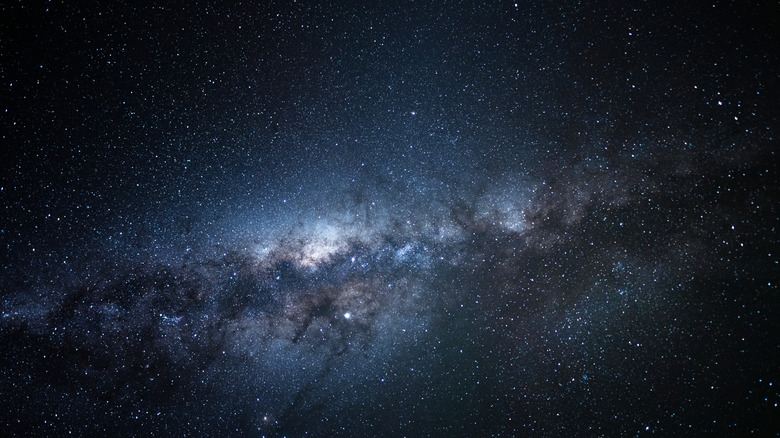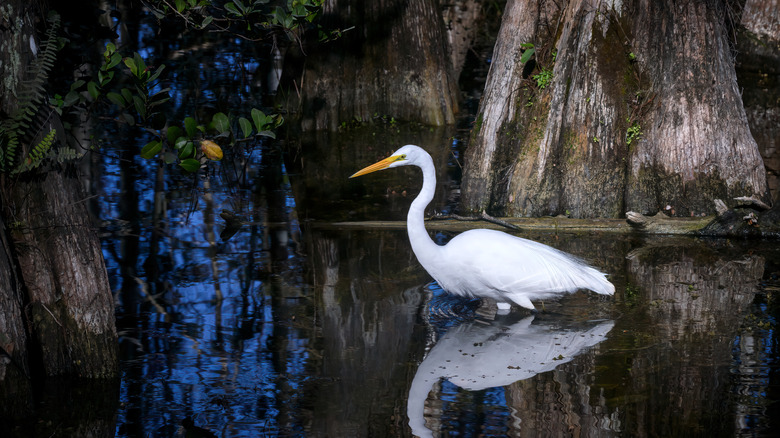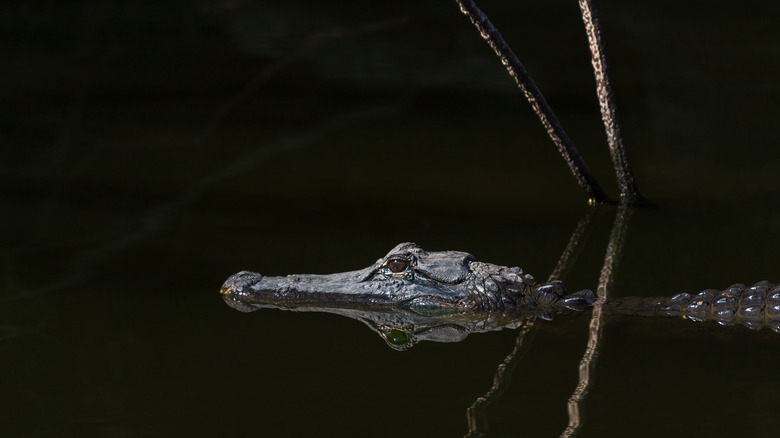The first national preserve ever designated in the United States is a watery wonderland in South Florida, where night skies reveal normally hidden constellations. Visitors willing to stay up late can even see the Milky Way without a telescope. Big Cypress National Preserve, established in 1974, is recognized as an International Dark Sky Space, like many national parks and preserves across the country. But Big Cypress goes a step further, offering ranger-led night sky programs in the winter months, from December through March.
Located just a little over an hour by car from Miami and its international airport, the preserve is fairly easy to access. On select clear nights in the winter, starting December 20, 2025, guests can take a guided look at the stars that shine over Big Cypress and Everglades National Park, located just to the south. It may not seem like such a big deal, but the preserve’s dark skies are ecologically important to the plants and animals native to the region. Situated roughly between Interstate Highway 75 — the South Florida highway that’s a journey through one of the most important ecosystems in the world — and the Tamiami Trail to the south, the 729,000-acre preserve boasts some of the darkest night skies east of the Mississippi River.
Why dark skies matter
The fact that Big Cypress National Preserve can boast such dark skies is actually a bit of an enigma. It’s located right between Florida’s east and west coasts, where widespread human development contributes significant light pollution to the landscape. Nationwide, about 30% of the light produced goes to waste, according to the National Park Service, along with the money used to generate it. But in the preserve, the absence of light is important, especially for certain bird species. For them, light pollution interferes with their ability to migrate. It’s also been identified as a factor in the decline of some moth species. We’ve all seen how nighttime lights attract moths , and some experts believe that this attraction has contributed to their decline.
Light pollution affects more than just wildlife, of course. It has an impact on human life, too. There are urban-dwelling people who have never seen the Milky Way in a truly dark sky. Excess artificial light is quite literally making our views of the heavens disappear, a loss that matters in astronomical circles. Additionally, the disruption of the circadian cycle — the natural day-to-night cycle that most humans adapt to — can have serious health repercussions, including altered brain wave patterns and reduced hormone production. Dark skies matter, and do dark sky preserves. And while these protected areas are increasingly rare in the eastern U.S., one serene Western state has more DarkSky-certified stargazing spots than anywhere else.




